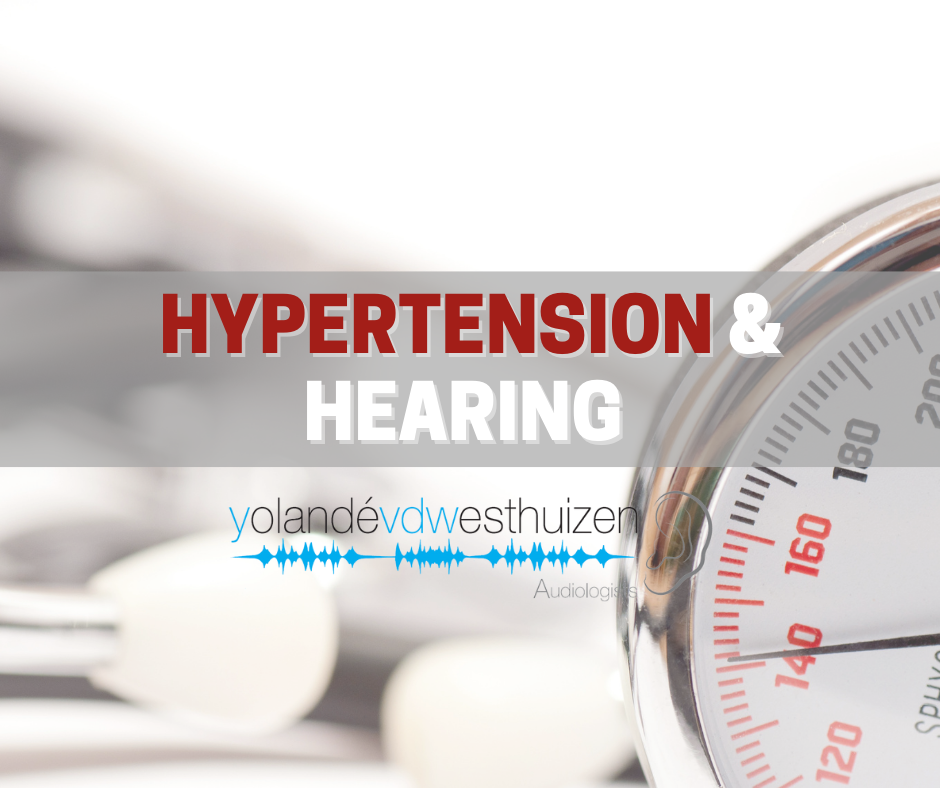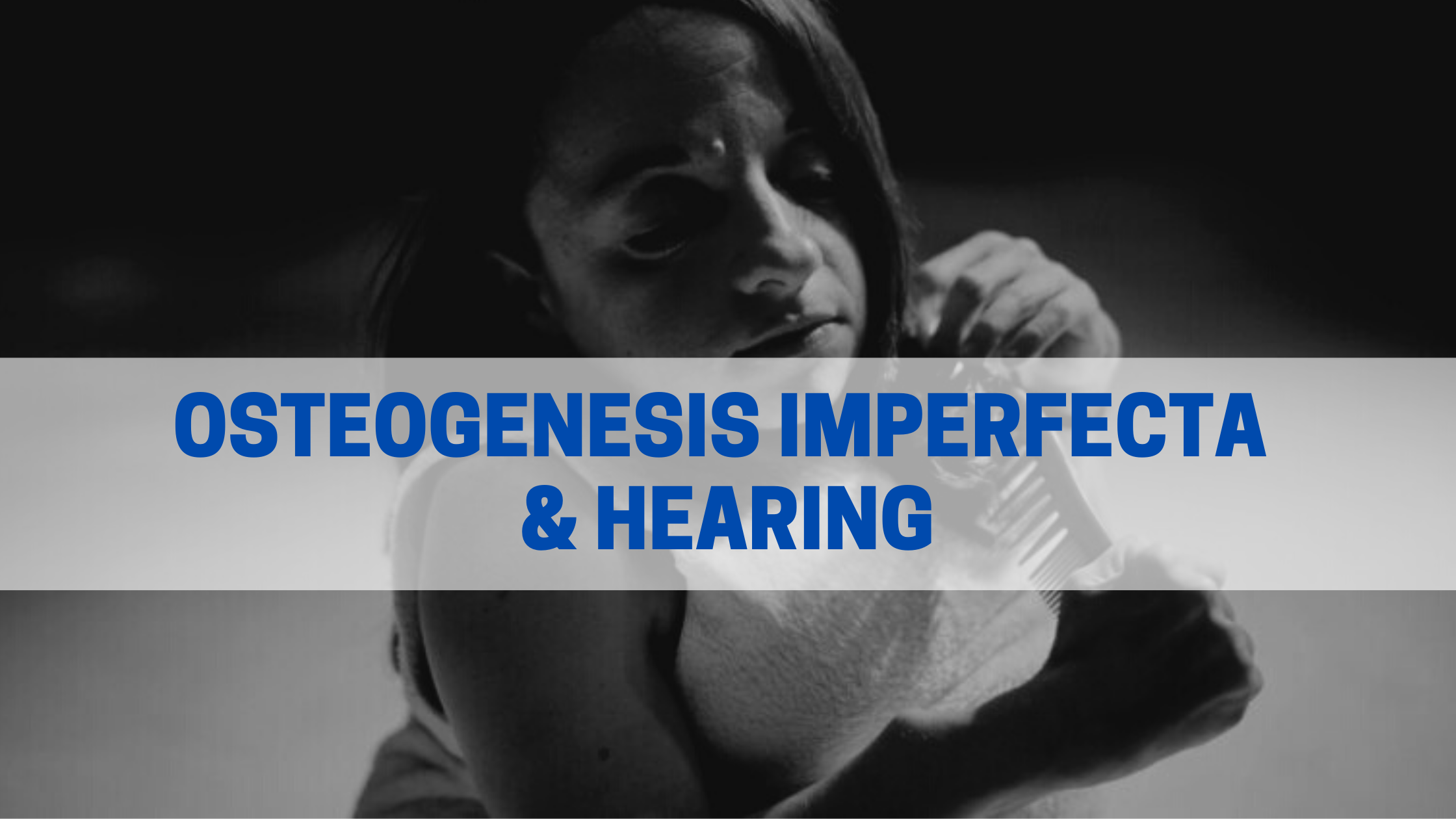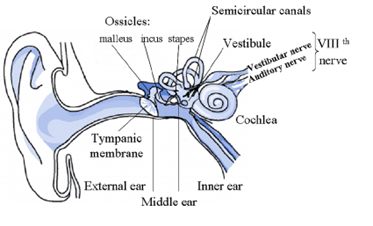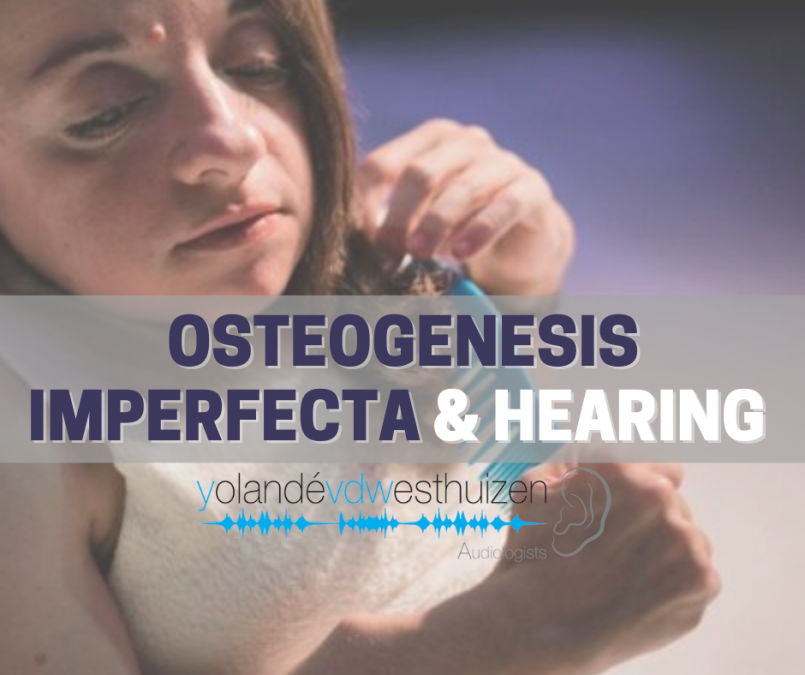
Hearing Loss and Autoimmune Disease – Lupus
May 4, 2022
Hypertension and Hearing Loss
May 4, 2022
Osteogenesis Imperfecta
Osteogenesis Imperfecta (OI) is a genetic disorder that causes bones to become fragile. A study has found that 50% of OI patients over 50 years present with a hearing loss. All the different types of hearing loss can be found in patients with OI such as conductive, sensorineural, or mixed hearing losses. In younger children a conductive hearing loss is frequently found in comparison to adults a mixed hearing loss is commonly found. Due to the nature of the disorder, it will most likely affect the middle ear structures rather than the inner ear.

What is a conductive hearing loss?
A conductive hearing loss is when sound cannot travel through the middle ear to the inner ear and auditory pathway. Conductive hearing losses can be caused by middle ear infections, perforations in the eardrum, or calcification of the middle ear bones. Treatment options for conductive hearing losses are available and should be discussed with your audiologist and ear, nose, and throat specialist.
What is a mixed hearing loss?
In adults with OI, some studies have found that they develop a conductive hearing loss that later progress to a mixed hearing loss. The most common cause of hearing loss is otosclerosis. Otosclerosis is when there is calcification or abnormal bone growth inside the middle ear. It influences the transduction of sound.
Both a conductive and mixed hearing losses are prevalent in patients with OI. It can occur in the early stages of childhood or become more prominent in early adulthood. It is important if you have any disorders such as OI or an auto-immune disorder to have your hearing checked frequently.
centurion@yvdwaudiology.co.za | benoni@yvdwaudiology.co.za | saxby@yvdwaudiology.co.za
Have you had your hearing checked? Do our online screening right here!!



